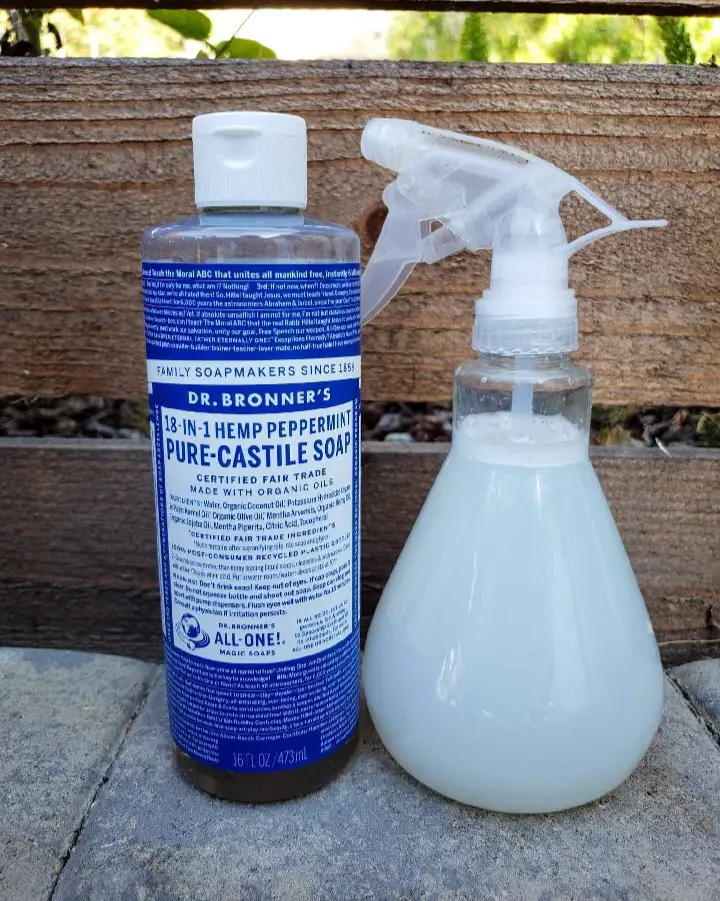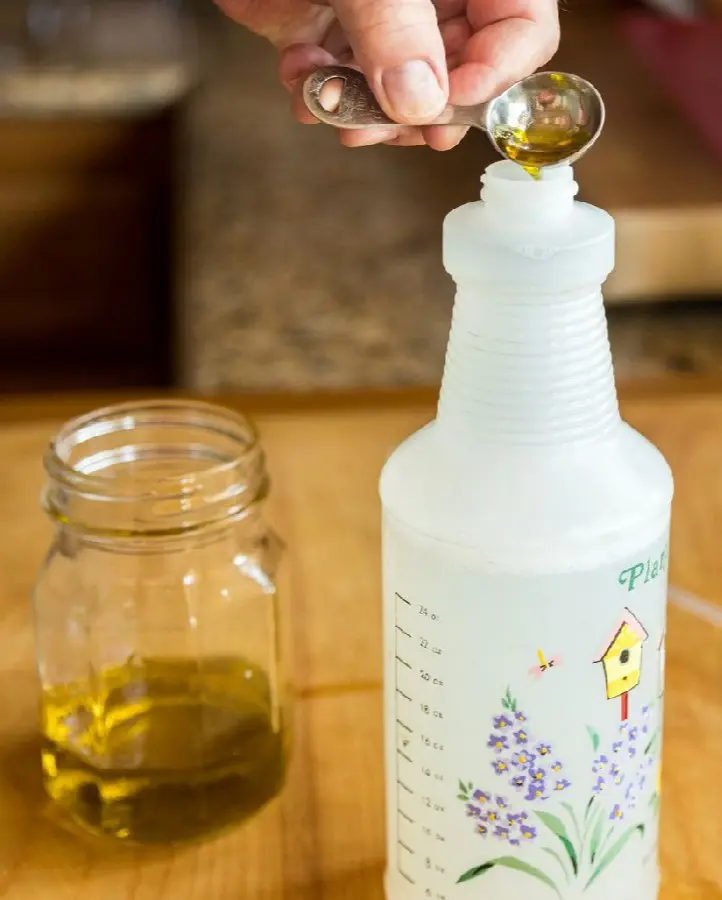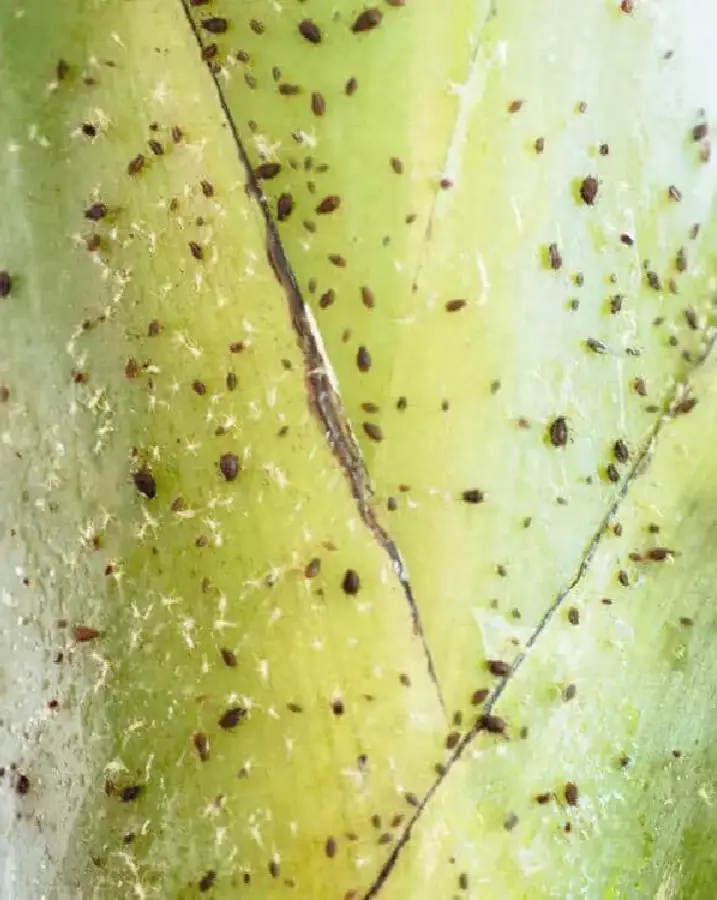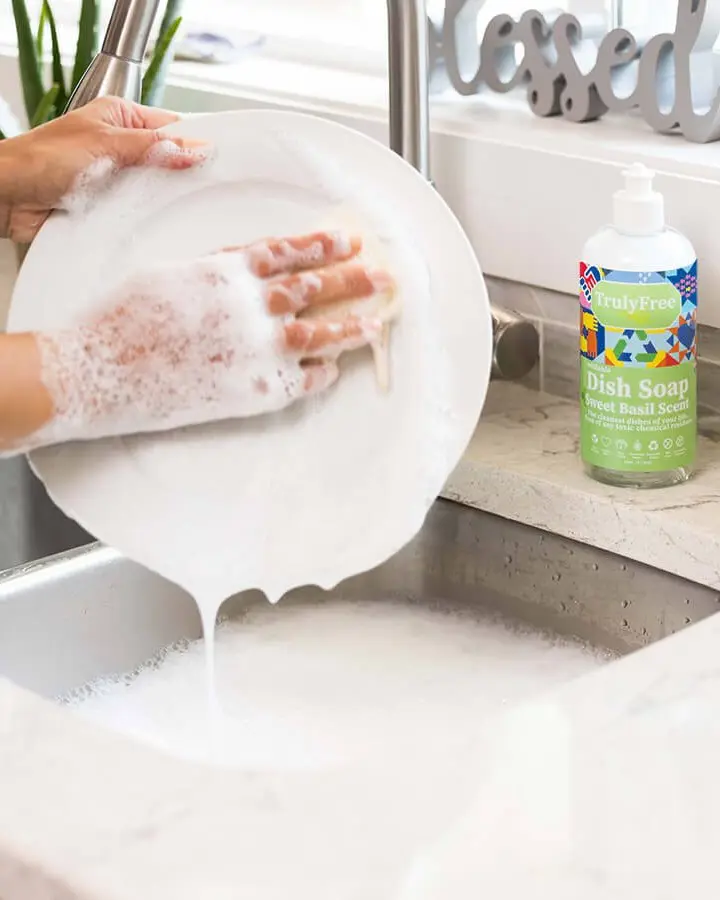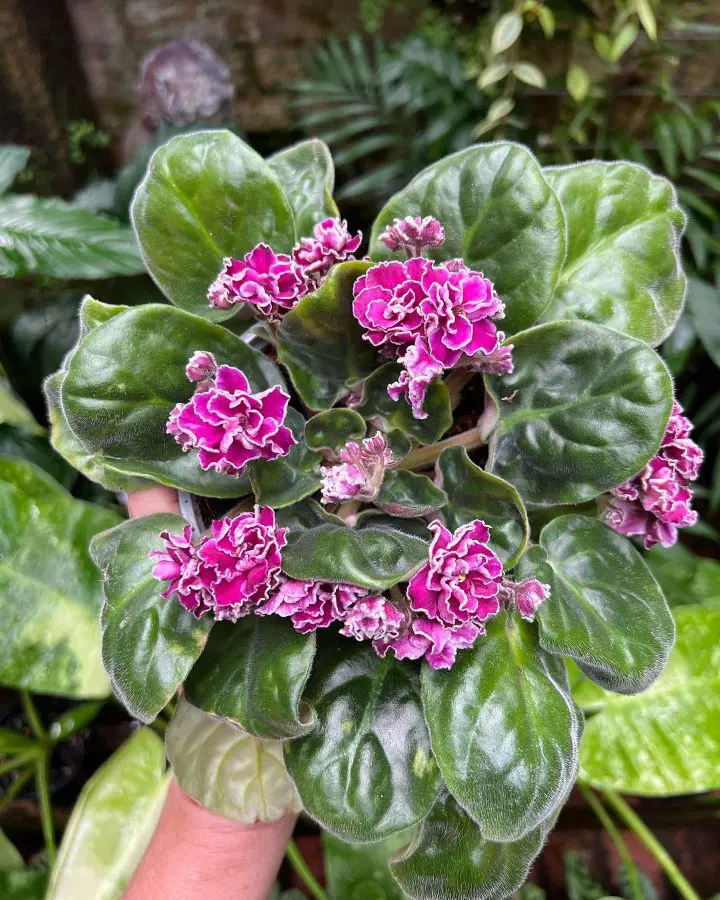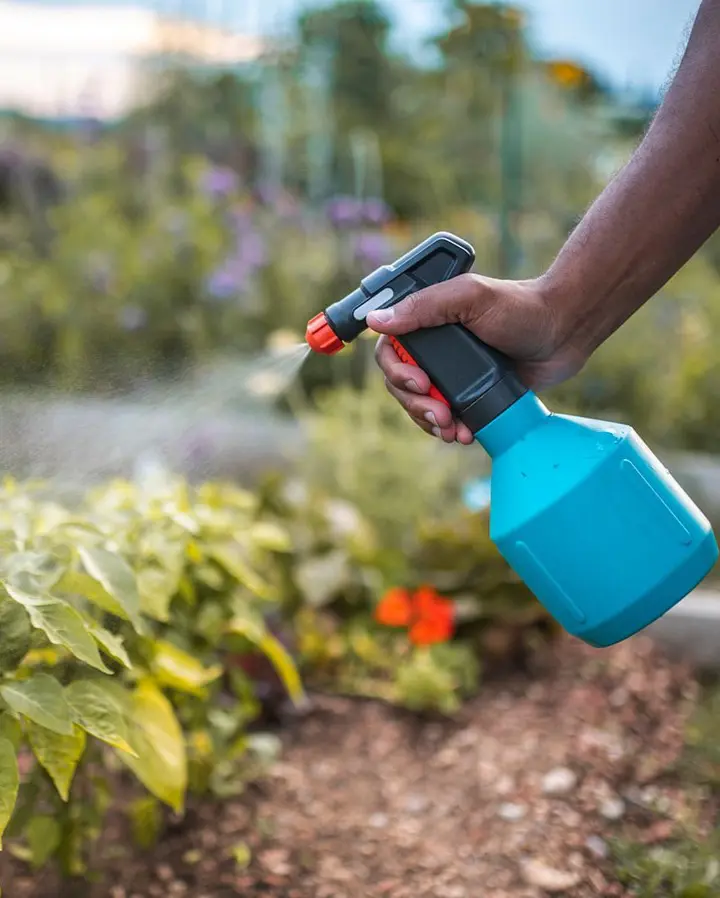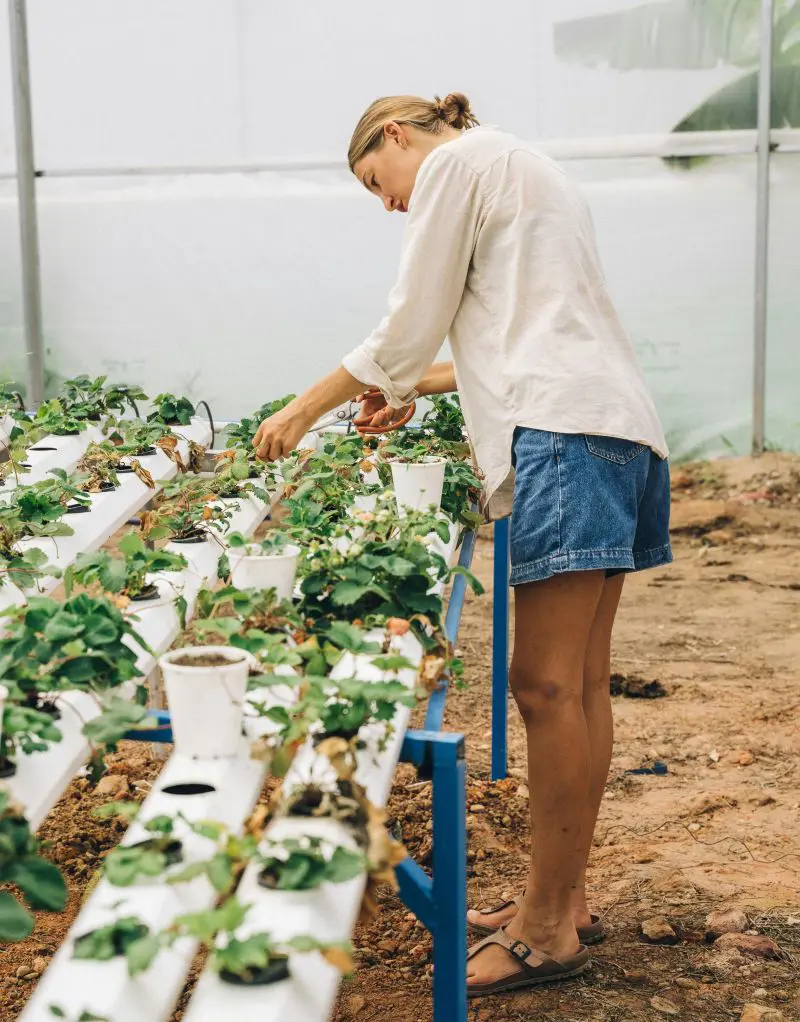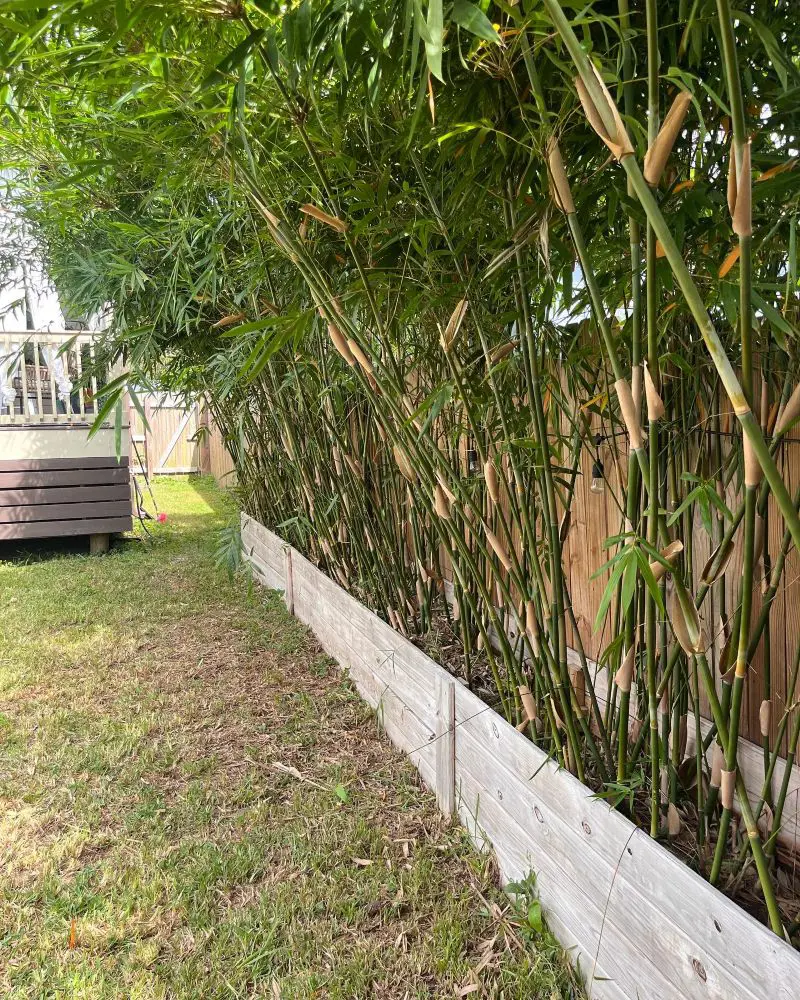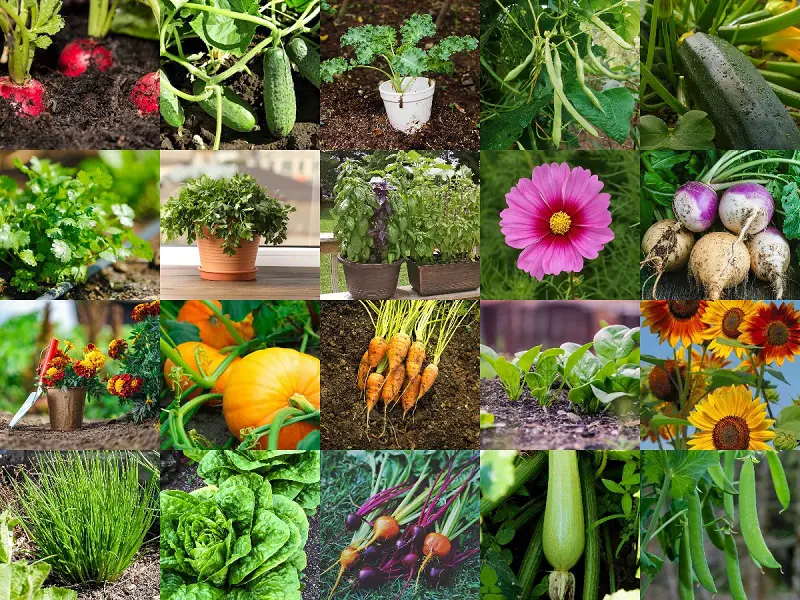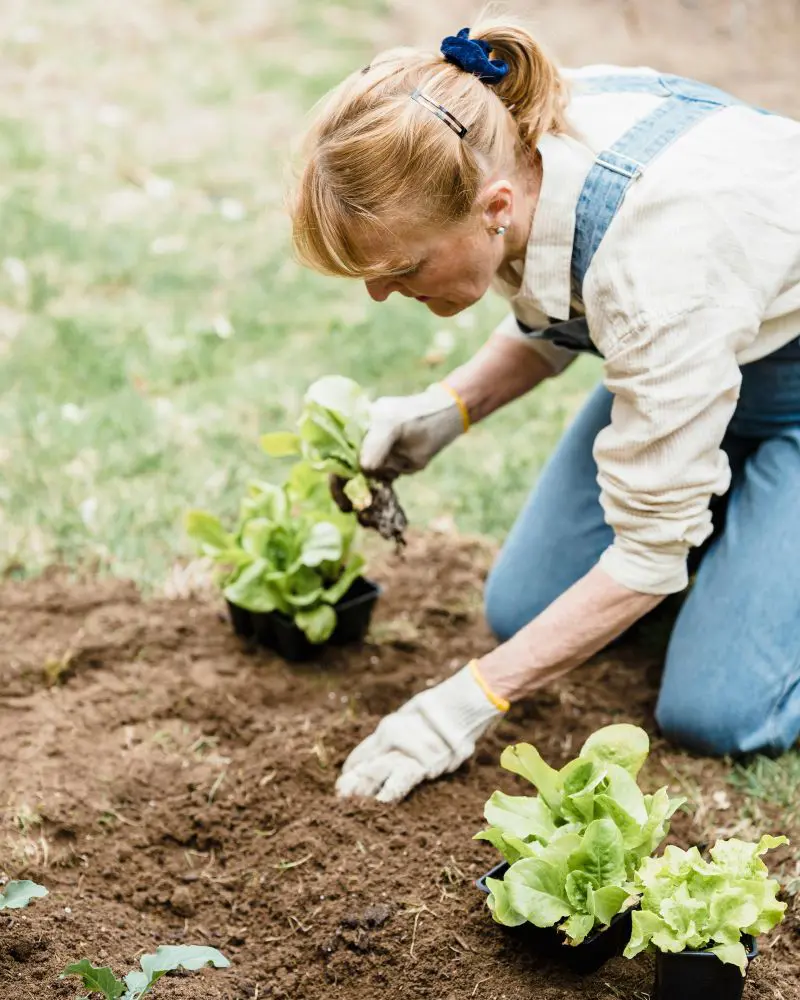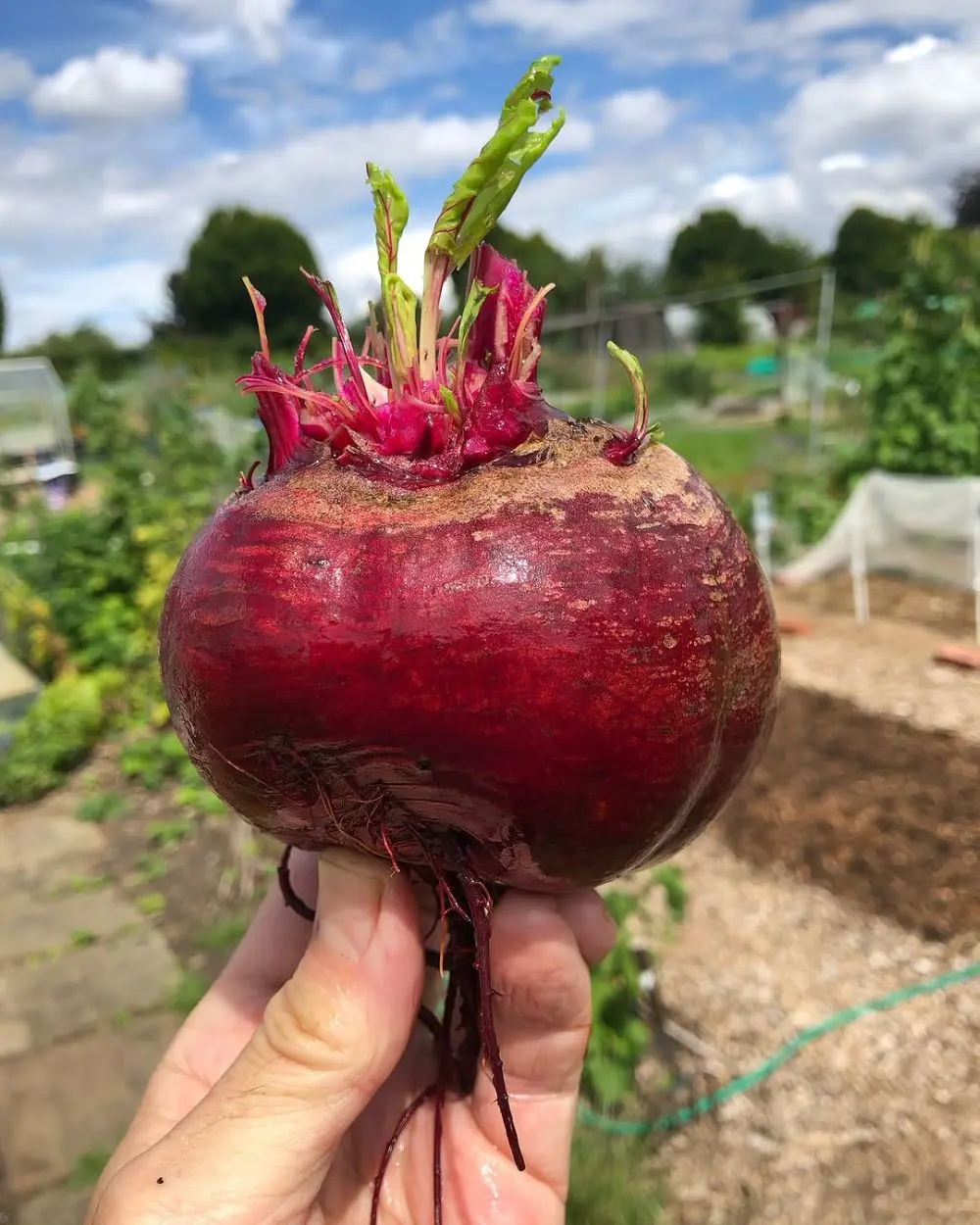What Is Insecticidal Soap
Insecticidal soap, also known as horticultural soap, is a non-toxic, environmentally friendly insect repellent to prevent infestations from pests such as aphids, whiteflies, spider mites, and mealybugs.
Insecticidal soap contains active ingredients like potassium salts or soap salts of fatty acids, which are created by mixing the chemical compounds with the fatty acids found in castor, coconut, olive, whale, fish, or veggie oil.
The chemical concoction kills common garden pests and insects on contact. The soap does not leave toxic residue in the soil.
Commercial Soap
There are two different kinds of commercial insecticidal soap available: ready-to-use and concentrated solution
Ready-to-Use
There are tons of ready-to-use insecticidal soap in the market. It comes packaged in a spray bottle and is priced differently, depending on the brand. Many gardeners use commercial ones because of convenience.
It is already mixed in the correct proportions, so there is little chance of getting the recipe wrong. It may be labeled as suitable for organic use or safer for plants and vegetables.
However, instead of focusing on the labels, you should look at the ingredients if you are looking for a true insecticidal soap. The soap should contain either potassium salts of fatty acids or potassium laurate.
Concentrated Solution
Commercial insecticidal soap also comes in a concentrated solution. This solution is mixed with water according to instructions. It does not come with a pump sprayer, so you might need to buy one if you do not have it.
It is better to invest in a separate pump sprayer and then purchase the solution after every use. A concentrated solution might cost more but will last longer than a ready-to-use spray.
Homemade Soap
A homemade insect repellent or soap is the cheapest option. The soap itself is the active component in insecticidal soap. Although many homemade recipes might suggest adding ingredients like garlic or cayenne, it is the soap that effectively eliminates the pests.
Choose a fragrance-free soap without additives like bleach, as these can harm beneficial plants and insects. A more natural homemade insecticidal soap solution is less likely to affect desirable plants and bugs.
